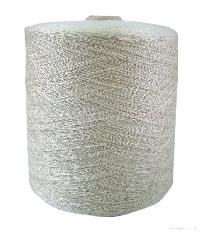
Viscose Spun Yarns

Office Partitions
Space-saving attributes: You can end up saving 35% space on wall area against the brick wall area Saving on cost of water curing An opportunity to save 4% on overall carpet area Save on structural steel Zero plastering requirement Saving on labor Aesthetically appealing (lightweight when compared to brick wall) Saving on cost of painting Fire resistant Water proof Termite resistant
...more
fiber cement boards
Cement boards are used because when compared to gypsum boards, they stand strong in the presence of moisture and leaks. Cement boards have excellent moisture absorbing and drying properties making them resistant to weather change as well. The only possible disadvantage of fiber cement boards is their weight and working cost. While the board itself costs as much as, if not more than plywood, working with these boards requires more labour, time and effort however the results are pleasing and require minimum maintenance.
...more
cement fiber board
Fiber cement boards are composite materials made of sand, cement and cellulose fibers. More specifically, they are composed of Portland cement with glass-fiber mesh on the surface. These boards can be used independently or along with plywood. They are highly resistant to fire, water and termites, making them an ideal choice for building good quality and long lasting furniture and homes.
...more
cement boards
Fiber cement products were first patented in Austria in 1901 and were called “Eternit” by Ludwig Hatschek after the term “aeternitas” meaning everlasting. It was only in 1903 that Schweizerische Eternit-Werke AG started fabricating the product in Niederurnen, Switzerland. The inital make involved the usage of asbestos to add strength but later turned out into a good alternative to the asbestos sheets as their replacement.
...more
Polyester Spun Yarns

False ceiling
False ceilings have gained huge admiration in the past decade and are now a must-have for a well-designed home. Not just a cosmetic move, installing a false ceiling has many other underlying functional benefits. A luxury item that it was earlier considered is now an integral part of urban households. If you are thinking of a makeover for your home it is incomplete without drop ceilings that augment the splendor and richness in multifarious ways. False ceilings are obtainable in various materials. Look up the internet for false ceiling contractors in Chennai to discern further.
...moreBe first to Rate
Rate ThisOpening Hours